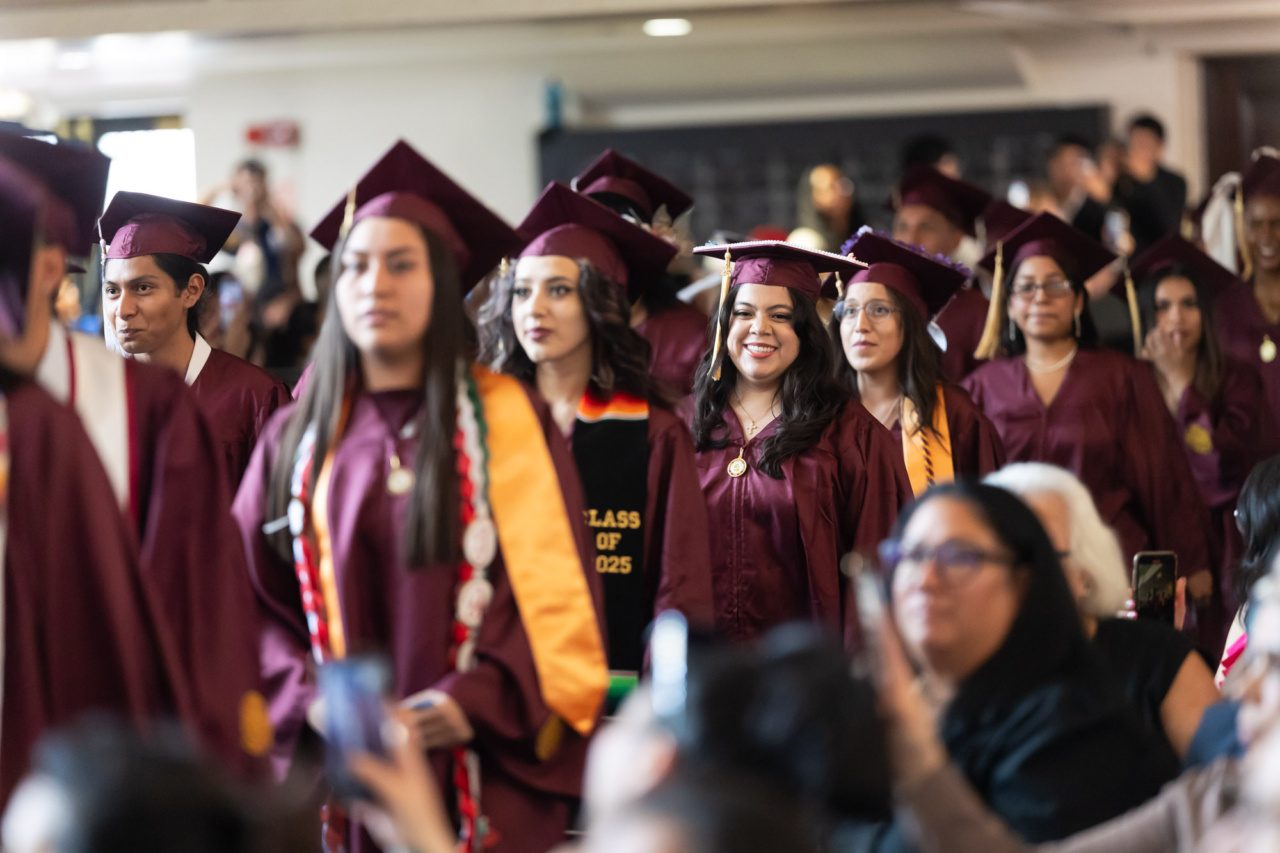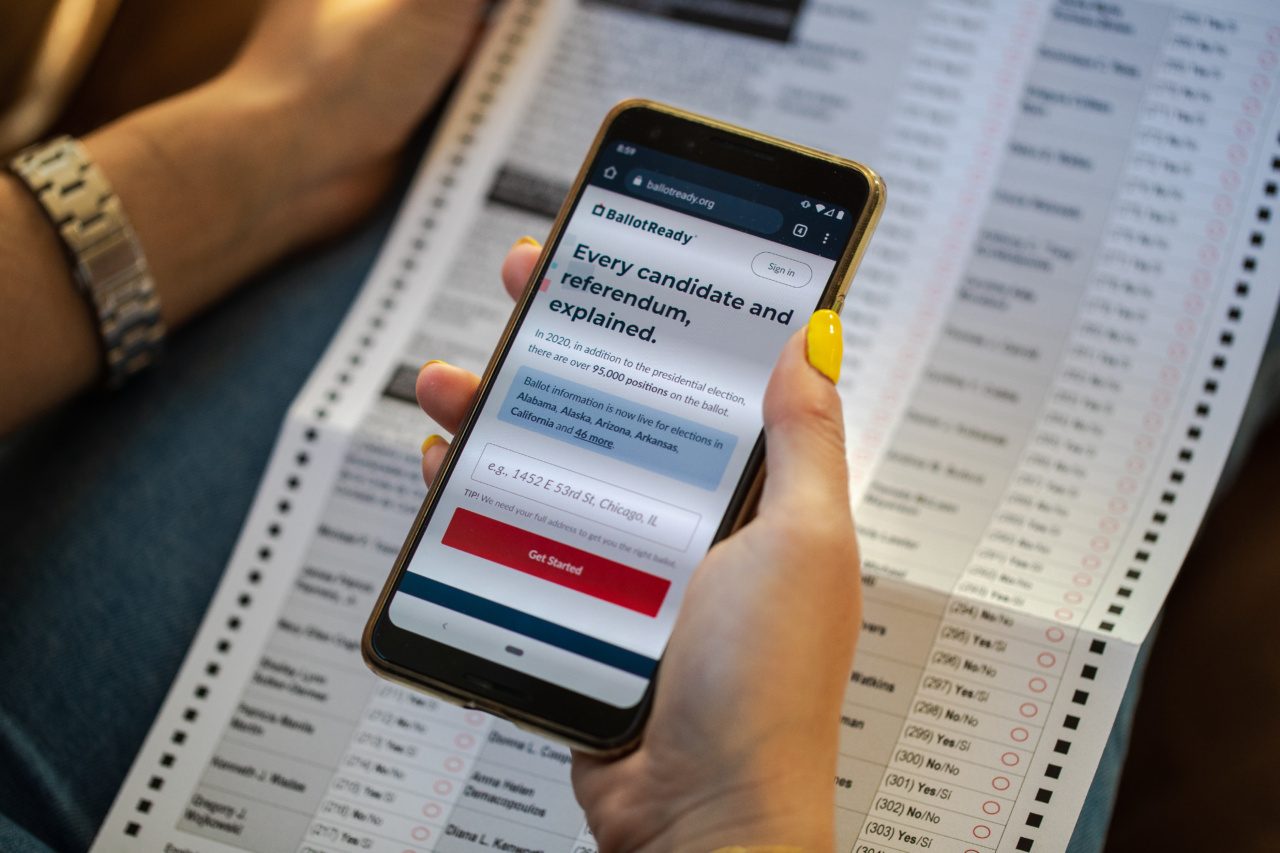
Lavar Pope, clinical professor at Arrupe College, explores how geography, politics, and culture shape rap music’s evolution in his new book American Rap Scenes: An Analysis of 25 Locations (Bloomsbury, 2025 ). His research challenges assumptions about rap’s origins and reveals how cities across the U.S. developed their own musical identities.
What inspired this work?
American Rap Scenes grew out of years of studying how local communities shape the content of rap music in glocal—both local and global—ways. Earlier research had addressed regional differences, but I wanted to look deeper to understand how geography, migration, prior musics, and technology combine to produce distinct musical and cultural identities.
The project was inspired by the recognition that each city has its own developmental story to tell and by the people who have documented, performed, and studied these scenes—such as community members, practitioners, academics, and students. Ultimately, the book developed out of years of feedback and insight drawn from teaching, workshops, and discussions across the country.
What gap or question does your research address?
American Rap Scenes addresses a gap in music scenes research by focusing on rap, a genre whose local scene development has been largely overlooked. With rap music scene analysis, it is extremely difficulty to discuss emergence without careful attention to the local social, cultural, and political factors that shape the scene.
What did you discover or find most surprising?
The book challenges the common perception of rap as a monolithic genre by highlighting its diverse local expressions. Through detailed analyses of 25 cities, American Rap Scenes demonstrates the influence of factors like geography, migration, and local movements and how artists and communities together build the unique identity of their local rap scenes.
How does this connect to your teaching?
The book was written for use in ACPOL 205 “Power, Rap Music, and Urban America” and was revised during instruction of the course. Students have been using portions of the material for several semesters.
What’s next for your research?
My next book will explore how rap artists tell their own stories through autobiographies, interviews, and oral histories, tracing how their personal narratives mirror the social and political histories of their cities.
I’m also developing a long-term project focused on preserving local rap histories in the digital era, ensuring that community-driven voices in Hip Hop culture are archived and accessible for future generations.
Contact the Researcher:
Lavar Pope
Clinical Professor
The book is available through Bloomsbury Publishing.
Want to soundtrack your reading? Check out Pope’s playlists for each of the 25 cities explored in the book.



